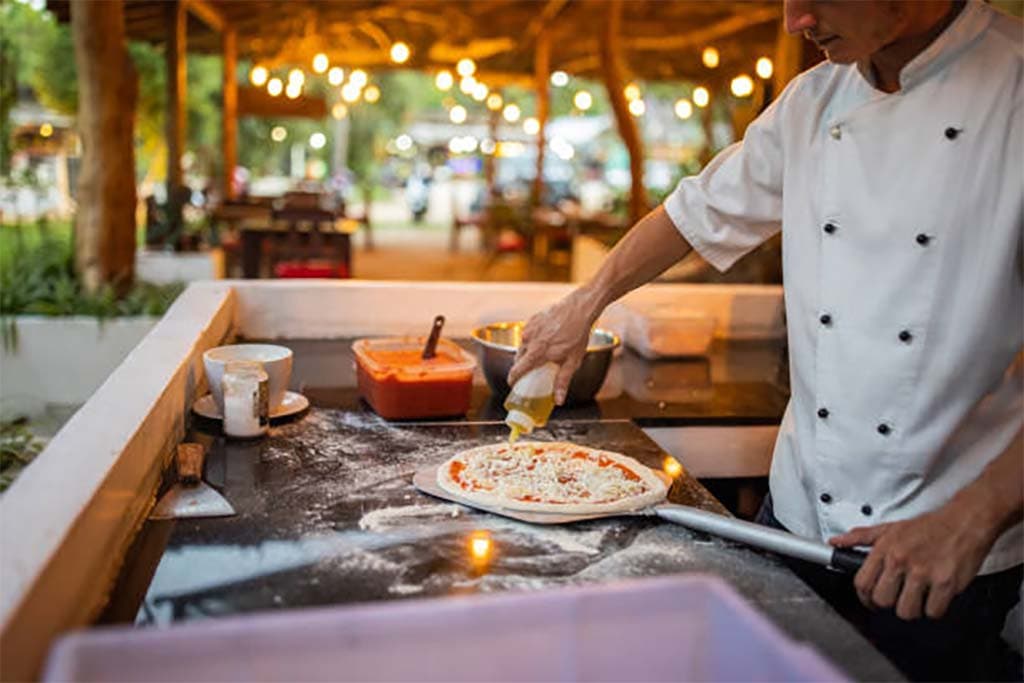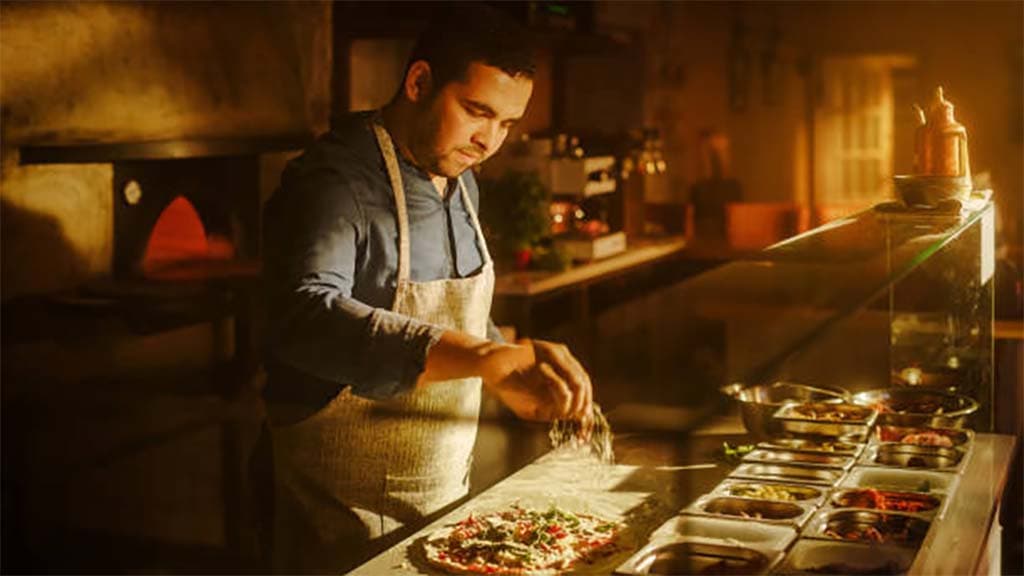Sustaining Ancient Italian Cooking with Modern Payments Tech
Italian cuisine prizes time-honored cooking methods, secret family recipes, and sourcing regional ingredients perfected over generations. As consumer dynamics, tourist flows, and operational costs shift, integrating digital ordering and payment solutions allows restaurants to focus on sustaining food quality rather than back-office hassles. Contactless payment acceptance means venues can capture revenue from younger customers abandoning cash while still serving elderly patrons preferring coins. Streamlining previously clumsy processes like billing or inventory through integrated restaurant tech saves staff time better invested in mastering culinary nuances. Tablet ordering, online delivery interfaces and self-service kiosks also allow smaller family-run trattorias to punch above their weight providing slick experiences comparable to corporate chains. Blending traditional craft with operational innovation ensures the soul of Italian cooking reaches patrons even as dining habits modernize.
Streamlining Operations of Restaurants
Old-school Italian restaurants relayed orders by shouting between front and back areas. But tablet POS systems allow servers to instantly send orders to kitchens while integrating customer relationship management tools to personalize repeat visits. Before digital ledger solutions, restauranteurs manually relied on paper ledgers to track fluctuating costs of artisanal ingredients. Cloud inventory management instead lets venues closely monitor supplies in real-time. Staff can spend less time untangling finances or reconciling supplier orders and instead research regional food fairs discovering new specialty producers for the next signature dish highlighting a seasonal harvest. Streamlining cumbersome operations through technology allows restaurants to focus squarely on advancing their culinary craft. Even third-generation establishments recognize tech not as defiling heritage but optimizing hard-won recipes to thrive amid modern challenges. Integrating innovation behind the scenes bolsters the ability for venues to keep Puglian pasta-making or Sicilian winemaking alive.

Reaching Takeout Customers Digitally
The pandemic cratered dine-in volume but takeout/delivery management platforms helped venues pivot. Digital ordering integration provided vital sales channels. By pre-integrating menus digitally across third-party delivery apps, restaurants resized portions to make dishes travel while accommodating app constraints like pricing bands. Highlighting signature items increased conversion rates. Customers worldwide suddenly could access Italian restaurants’ menus at home. Maintaining online visibility promises to supplement post-pandemic dine-in sales. With tourist influxes unreliable depending on infection spikes, digital channels grant stability as suburban families and young workers living far from Italian enclaves discover and consistently reorder their cooking. Unaccustomed to delivery before COVID-19, Italian restaurants relied on digital architecture to ship meals regionally or build loyalty with non-European fans, upholding prominence despite declining travel.
Safeguarding a Culinary Legacy
While global fame blesses Italian cuisine, it also threatens homogenization if not actively safeguarded. By leveraging payments technology assisting daily operations, restaurants wrest back more time to focus on differentiating factors – perfecting techniques, tracing ultra-local or endangered ingredients that chain competitors rely less on. Removing friction in guest experiences similarly retains hard-won patron loyalty. Venues can uphold bespoke hospitality and generosity that megachains struggle to replicate too. Third generation trattorias use operational technology to punch above their weight on convenience factors when rivaling bigger entities, rather than getting drowned out. Streamlining finances also allows venues to access small business microloans funding expansions or culinary travel research ensuring continuity of rare regional techniques at risk of fading away. Blending tactical technology with assured funding sustains ancient recipes for future generations. You can also read about how to activate syw account in a separate article.
Conclusion
Rather than undercut tradition, adopting modern restaurant tech allows founders to retain focus on time-intensive culinary intricacies sustaining legacy establishments. Tactical innovations remove daily hassles to double-down on advancing treasured recipes. Reviving endangered native produce or studying with matriarch regional chefs gets prioritized over ledger entries. Veteran venues bridge historical charm with digital convenience to keep indispensable community fixtures appealing to younger urbanites. This blend of heart and technical savvy ensures historic eateries not only survive but pass down craft and culture through continuous innovation anchored in the past.
Ventures sustaining Italian cuisine heritage recognize technology not as an enemy but as an enabler. Third-generation shops translate family secrets to fresh platforms without diluting their essence. An osteria may upgrade to contactless payments but still source silky handmade pastas locally as it has for decades. What changes is the ability to buy specialty imported flour by quickly scanning supplier inventories on a tablet rather than hoping your stock guesstimate made six months ago proves accurate. An enoteca gets to know returning customers to curate personalized tasting flights rather than leaving such experiences to chance.
The future for legacy Italian dining thus remains bright but only through upholding both longtime practices and timely tech adoption attuned to evolving needs. An outward embrace of streamlined systems removes operational burdens so founders can cherish the old world foundation at their ventures’ core. In turn, the seamless integration of order management platforms and payment terminals provides conduits allowing ancient recipe souls to reach worldwide modern patrons. For visitors and locals alike, venues interweaving heritage and innovation promise one foot in the past and the other stepping decisively into the decades ahead as beloved community culinary landmarks.
